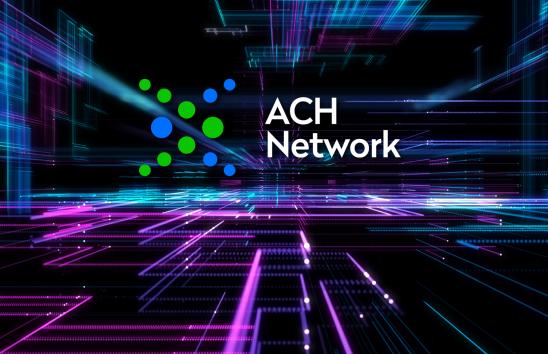A Deep Dive into Nacha’s Micro-Entry Rule
Many organizations use small value ACH transactions to validate an account a customer uses to pay with or receive payments. These transactions are often called “test transactions” or Micro-Entries.
Earlier this year, Nacha passed a new rule defining Micro-Entries as a transaction type and standardizing the formatting and sending requirements, keeping in line with common industry practices.
Amy Morris, Senior Director of ACH Network Rules at Nacha, sat down with Nacha’s Payment Smartcast podcast to do a deep dive into the Rule, what it means, timelines and enforcement, the transactions that are impacted, and what organizations that use Micro-Entries need to do to comply with the Rule.
As Amy described, “What we have now defined as Micro Entries have been around for quite some time in the payment space, and we’ve heard them called test transactions, test deposits, penny tests and micro-deposits.”
This Rule is being implemented in phases. Phase 1 defines “Micro-Entries” as “ACH credits of less than $1, and any offsetting ACH debits, used for the purpose of verifying a Receiver’s [customer’s] account” and standardizes certain aspects of Micro-Entry processing.
Amy provided further detail that as defined by the Rule, “A Micro-Entry is a small dollar transaction that is used for the purpose of verifying an account or the ability of a party to access the account.”
The Mico-Entry Rule is split into two parts, the first of which went into effect on September 16, 2022, and the second part will go into effect on March 17, 2023.
“This rule is moving from an upcoming one into an implemented one,” Amy said.
The first phase has three parts:
-
“Micro-Entries” will be defined as ACH credits of less than $1, and any offsetting debits, for account validation. Credit amounts must be equal to, or greater than, debit amounts and be transmitted to settle simultaneously.
-
Originators must use “ACCTVERIFY” in the Company Entry Description field.
-
The Company Name must be easily recognizable to Receivers and the same or similar to what will be used in subsequent entries.
Amy shared additional information about the Rule that will help participants that use Micro Entries.
Not all transactions under $1 are considered a Micro-Entry; only those that are being used for account validation, and she stressed it is crucial to use the “entry description where it is appropriate.”
Operators will not reject a Micro-Entry that is more than $1.
As for enforcement, Amy reiterated that “enforcement for this rule is just like any other Nacha rule.” And the rule does not put a limit on the number of Micro-Entries that an entity uses.
To prepare for the second phase of the Micro-Entry Rule next March, it will require Originators use commercially reasonable fraud detection, including monitoring forward and return Micro-Entry volumes.
Amy clarified that commercially reasonable means an Originator of Micro-Entries must conduct commercially reasonable fraud detection on its use of Micro-Entries, including by monitoring of forward and return volumes of Micro-Entries.
Amy also discussed the many resources that Nacha has available to help those who use Micro-Entries, including a one-pager, instructional video, and an end-user briefing.



